
A toxin is a poisonous substance capable of causing death or serious debilitation.1 Westernized societies have levels of toxic agents dramatically higher than those of the pre-industrialized era, which now exists in food, air, water, pharmaceuticals, xenobiotics (man-made chemicals), and endotoxins (toxins from microbes and metabolic reactions).2
Such a ubiquitous distribution of compounds place individuals under a near-constant state of detoxification; a process that, when functioning optimally, removes toxins from the body.2(490) As a means of appreciating toxins, the threat placed upon human health, and the compensatory mechanisms required to manage such poisons, the following will explore the same.
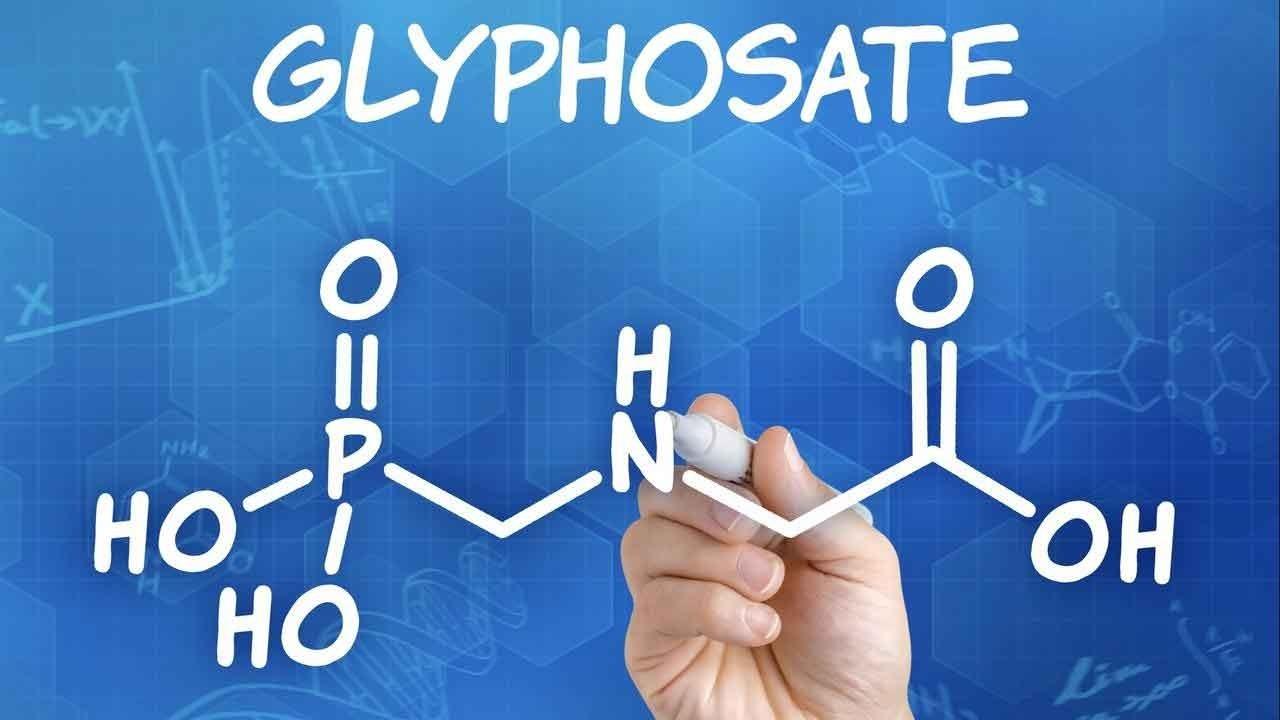
Covering all toxins in food, water, air, and pharmaceuticals are beyond the scope of this author’s discussion. However, some toxins like glyphosate, due to their far-reaching effects, merit deeper elucidation. Glyphosate is a broad spectrum and systemic herbicide designed to kill any type of perennial, biennial, annual, and woody plants.3 Furthermore, said compound is the active component in over 35 commercially available pesticide and herbicide solutions, which are manufactured and distributed worldwide.3(1,2)
The mechanism of action is in glyphosate’s ability to blunt 5-enolpyruvylshikimate 3-phosphate synthase (EPSPS); an enzyme which participates in the eventual synthesis of amino acids responsible for plant growth.3(2)Originally designed in 1971, the effectiveness of glyphosate has established it as the most highly sprayed pesticide in history, and has generated profits in excess of 1.2 billion dollars per annum with the United States dominating its use of approximately 51,000 tons per year.3(2)6

Though considered an effective and profitable pesticide, glyphosate use and exposure has deleterious effects upon human health. Although glyphosate was designed to target biochemical and physiological pathways unique to plant life, enzymatic, hormonal, and genotoxic effects have been reported in humans.4 Additionally, the International Agency for Research on Cancer (IARC) has classified glyphosate as a probable human carcinogen.5 Such determinations were supported by detailed assessments of the epidemiologic and toxicologic evidence that linked said pesticide to dose-related increases in malignant tumors at multiple sites in animals.5(694)
Furthermore, said research also linked glyphosate to an increased incidence of non-Hodgkin’s lymphoma in humans and a higher rate of death among individuals in the agricultural sector.5(694)6(3) Though research is predominantly epidemiological and observational in nature, such evidence does merit further research into glyphosate’s effects. Having explored the concept of toxins and potential health issues, the following will consider the role of detoxification when exposed to such substances.
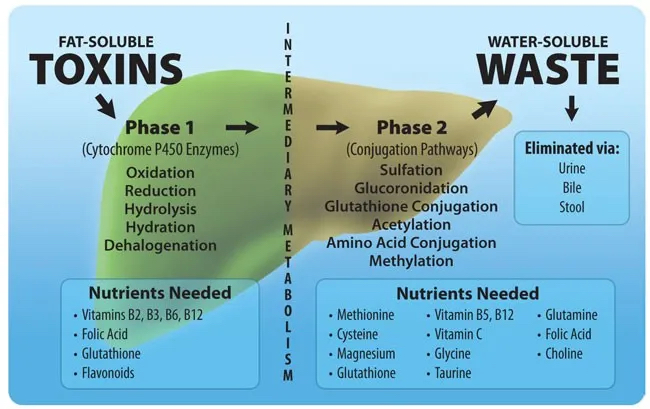
The liver is a major organ involved in management of toxin exposure. Within said organ exists two processes; the first step “captures” the toxin (i.e., mobilization), and the second step prepares said compound for removal (i.e., excretion), otherwise known as phase 1 and phase 2 detoxification, respectively.2(490) Such processes occur in liver cells, which are organized into lobules responsible for several hundred other biochemical reactions.2(494)
Phase 1 toxins are introduced to substrates such as microsomal cytochrome P450 (CP450), microsomal flavin containing monooxygenase, other oxidation-reduction systems, as well as aldehyde and ketone oxidases and reductases.2(491) Such processes prepare toxins for phase 2 where they are made more water soluble and available for excretion. However, it should be noted that some toxins may only require one phase, while others may require both.2(495) In cases where both phases are required, the conversion of a toxin within phase 1 can often be more toxic than the original substance.2(495) Therefore, it is essential that the subsequent phase 2 step is working optimally.2(495)
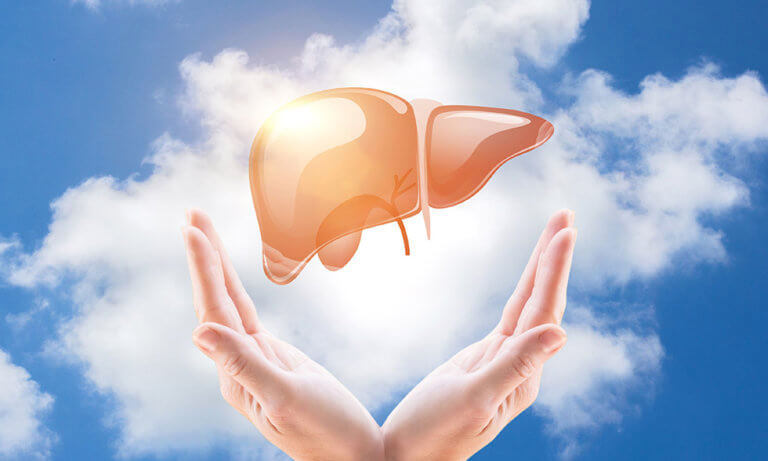
Phase 1 conjugation causes chemical oxidation while CP450 is actively working upon toxins.2(497)As such, reactive oxygen species are produced during said process, thereby necessitating the activity of antioxidants to control the by-product of Phase 1 detoxification. When phase 1 is determined as highly active, implementation of micronutrients such as vitamin C, vitamin E, beta-carotene, zinc, selenium, and lipoic acid might be indicated.2(497)
Such phase 1 activity can be determined by using an oral 200 mg caffeine challenge test, which activates CP450 pathways. If CP450 activity is high, it indicates that the liver is very active removing caffeine and similar substances. Such activity might warrant additional antioxidant supplementation and removal of exposure to compounds driving CP450 activity.
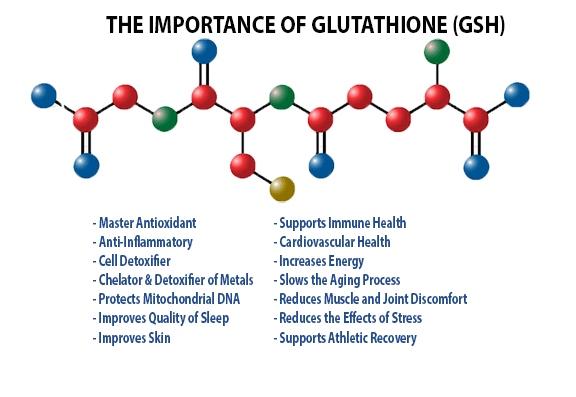
Phase 2 conjugation requires heavy use of glutathione (GSH); an antioxidant widely recognized as the most influential and powerful antioxidant in the human body.7 GSH is known as a potent electron-donating substance (a defining characteristic of an antioxidant) as well as a co-factor in enzymatic reactions requiring electron pairs. Furthermore, GSH participates in several cellular processes including stress defence, redox control, gene expression, cell signaling, and drug detoxification.7(1)
Thus, GSH deficiencies can induce oxidative stress, impair phase 2 conjugation, and accelerate aging and the pathogenesis of many diseases related to metabolic/neurological/immune function, and cancer.7(6)Due to GSH’s central influence upon homeostasis, measuring its abundance (or lack thereof) is critical.
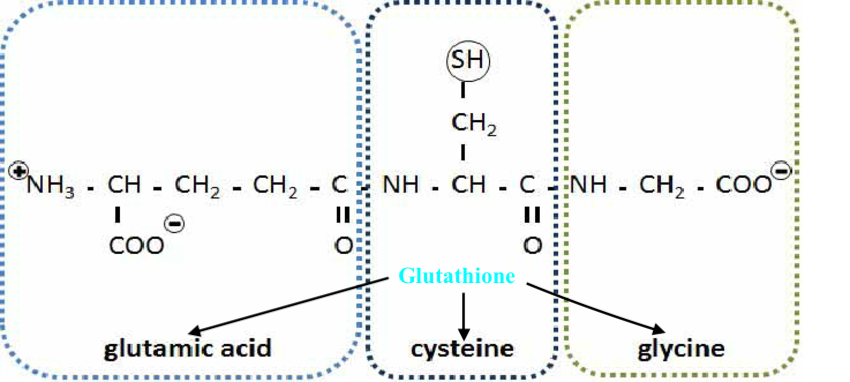
Methods of testing glutathione include measuring its precursors: cysteine, glutamate, and glycine.2(223) Another method of monitoring GSH, and glucuronic acid/sulphate, is through testing its participation in detoxifying acetaminophen; a process which requires phase 2 conjugation.2(498)
After orally dosing with a known amount of acetaminophen, said pharmaceutical is moved through phase 2 conjugation reactions to include GSH conjugation.2(498) Once GSH binds with N-acetyl-p-benzoquinone (NABQI), a toxic by-product of Phase 1 acetaminophen detoxification, it binds with GSH forming mercapturates which is excreted and measured in the urine.2(498)

In conclusion, Westernized societies have levels of toxic agents dramatically higher than those of the pre-industrialized era, which now exists in food, air, water, pharmaceuticals, xenobiotics (man-made chemicals), and endotoxins (toxins from microbes and metabolic reactions). Though removal and/or avoidance of toxins is a logical first step, an optimally functioning detoxification system, to include phase 1 and phase 2 detoxification, is equally paramount. Only then can individuals manage toxic loads in a meaningful and efficacious fashion.
References
1. Toxin. Merriam-Webster.https://www.merriam-webster.com/dictionary/toxin. Accessed September 23, 2019.
2. Lord RS, Bralley, JA. Laboratory Evaluations for Integrative and Functional Medicine (2nded.). Duluth, GA: Genova Diagnostics; 2012.
3.Cepeda PYM, López-Cortés A. Genetic, Health and Environmental Impacts Caused by Glyphosate in Ecuador. New York: Nova Science Publishers Inc.; 2014.
4. De Roos AJ, Blair A,Rusiecki JA,Hoppin JA,et al. Cancer incidence among glyphosate-exposed pesticide applicators in the agricultural health study. Environ Health Perspect.2005;113(1):49-54. doi:10.1289/ehp.7340.
5. Landrigan PJ, Benbrook C. GMOs, herbicides, and public health. N Engl J Med. 373(8);2005:693-695. doi:10.1056/NEJMp1505660.
6. Torretta V, Katsoyiannis JA, Viotti P, Rada EC.Critical review of the effects of glyphosate exposure to the environment and humans through the food supply chain. Sustainability. 2018;10(4):1-20. doi10.3390/su10040950.
7. Labrou N, Flemetakis E. Glutathione: Biochemistry, Mechanisms of Action and Biotechnological Implications. New York: Nova Science Publishers Inc.; 2013.
-Michael McIsaac
